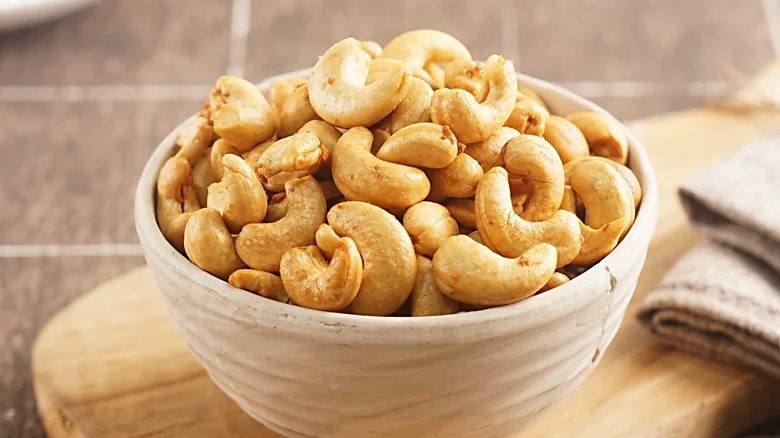Timing and Type Matter in Diabetes Exercise

A recent study emphasizes the significance of exercise timing and type for improved outcomes in individuals with Type 2 diabetes. Researchers analyzed the positive effects of physical activity on blood sugar levels and concluded that while any form of exercise is beneficial, the specific timing and type of workout play a critical role in optimizing results.
Published in The American Journal of Medicine, the study addresses the lack of clarity regarding the most effective exercise approach. Steven Malin, an associate professor at the Rutgers School of Arts and Sciences and one of the study’s authors, highlights key parameters explored, such as the efficacy of aerobic exercises versus weightlifting, the optimal time of day for exercise, whether exercising before or after meals is more beneficial, and the requirement of weight loss to attain benefits.
The researchers extensively reviewed numerous studies to identify common conclusions. Key findings indicate that physical activities like cycling, swimming, and walking, which elevate heart rate and oxygen utilization, effectively manage blood glucose levels. Moreover, resistance exercises using dumbbells, resistance bands, or body weight enhance insulin sensitivity in individuals with Type 2 diabetes. Additionally, breaking up sedentary time by engaging in regular movement throughout the day improves blood glucose control and insulin levels.
The study also suggests that exercising later in the day yields better blood sugar level regulation and improved insulin sensitivity. Combining aerobic exercise with weightlifting appears to be more advantageous than either form alone. Furthermore, exercising after a meal may offer slightly more benefits than exercising before a meal.
Steven Malin considers exercise as first-line therapy and compares it to a drug. By understanding the importance of exercise timing and type, medical professionals can provide more precise exercise recommendations to combat high blood glucose levels.
Re-reported from the article originally published in Lokmat Times









